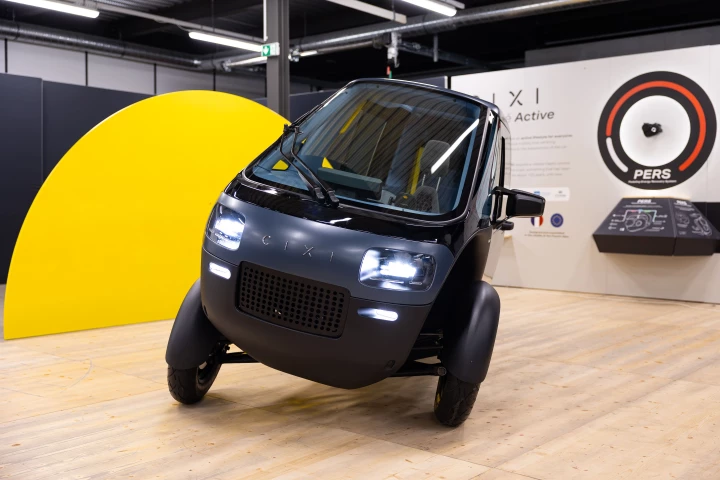The next big discovery is always beyond the next hill, but what if you can't see over it? That's the problem facing NASA with its Mars rovers, so the space agency is looking into how robotic helicopters could help scout the land ahead and give engineers back on Earth data to help plot the best route.
When it comes to getting the lay of the Martian land, the current generation of rovers have a huge gap to bridge. The Curiosity and Opportunity rovers can only see ahead as far as their camera masts allow. This is bad enough on a small planet like Mars where the horizon is so close, but the hilly Martian terrain means that there are huge blind spots. And while the orbiting spacecraft like the Mars Reconnaissance Orbiter can map the terrain, it's a bit like being guided to a parking space by someone five miles away with a pair of binoculars.
One solution that NASA is studying is sending tiny robotic helicopters about the size of a box of tissues to Mars to scope out the land for the next generation of rovers. Currently in the proof-of-concept stage, the Mars helicopter's job would be to fly ahead and use cameras and other sensors to look for interesting features and obstacles, and help find the quickest, least hazardous routes for the rover to travel.

According to NASA, the trick is to develop a helicopter that's up to the job. The space agency says that it would have to be lightweight with an upper limit of 1 kg (2.2 lb) and have a pair of counter-rotating blades spanning 1.1 m (2.6 ft). That may seem a bit large, but the Martian atmosphere is extremely thin, so the rotors need to be bigger to generate enough lift. Even then, they'll need to spin at 2,400 RPM.
In addition, the Mars helicopter will be solar powered by a panel on top of the rotors. This will supply enough electricity for repeated takeoffs and landing with an endurance of 2 to 3 minutes of flight per Martian day for a distance of 500 m (1,640 ft), as well as keeping the vehicle warm through the bitterly cold Martian night.
NASA has been carrying out tethered flight tests of scale prototypes in a vacuum chamber at the Jet Propulsion Laboratory, Pasadena, California simulating the Martian atmosphere.
The video below discusses the Mars helicopter.
Source: NASA








